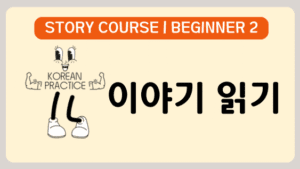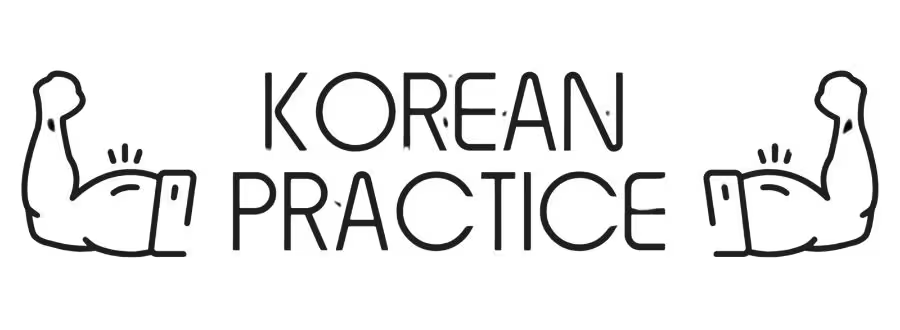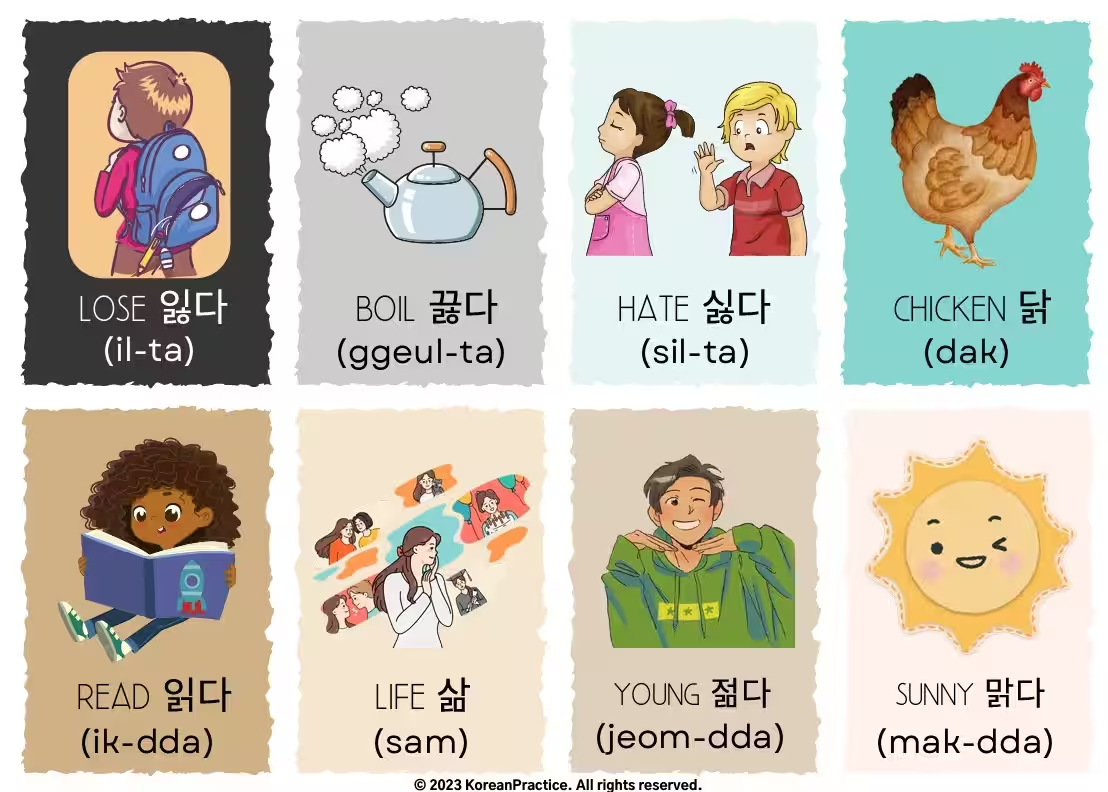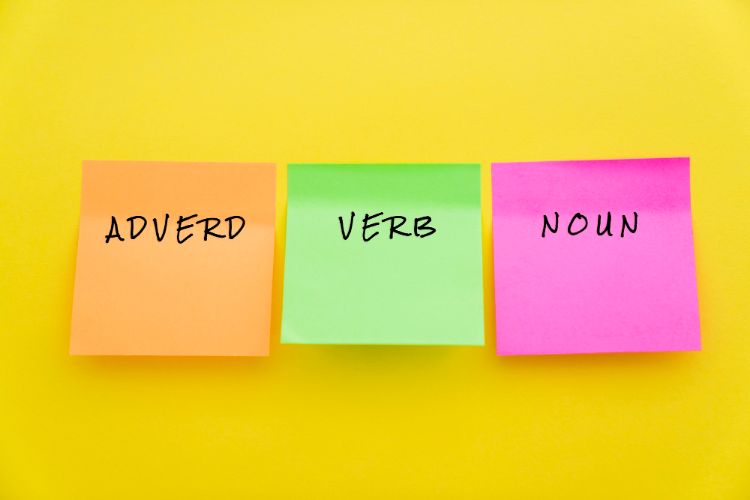Suh ChangWhoon
Written by 서 창훈, a certified Korean teacher with 14+ years of experience in Japan. He previously worked as a government officer, cybersecurity consultant, and English interpreter. Today, he teaches Korean in real classrooms without complex grammar explanations — instead, he trains students’ brains to speak naturally. His unique method is now the foundation of all his Korean courses.
Table of Contents
If you’ve started learning Korean, you’ve probably heard words like 선생님, 가요, or 드세요. People say it’s all about politeness and respect. But what really makes Korean speech honorific?
Here’s the secret that most blogs don’t talk about:
It’s not just polite words or titles. It’s the little word “시” inside the verb.
In this post, you’ll learn:
- Why Korean honorifics exist
- How ‘시’ works and where it hides
- A simple list of useful honorific verbs
- Easy example sentences
- Korean honorifics for friends
- What to focus on as a beginner
This is perfect for beginners doing Korean reading practice. The explanations are clear, short, and natural—no complicated grammar here.
Why Do Koreans Use Honorifics?
In Korean culture, age and status matter. When speaking to older people or people with a higher position, it’s important to show respect through language.
This comes from Korea’s Confucian background. In daily life, people don’t just use polite words. They change how the sentence works—especially the verbs.
So what’s the most important thing to learn?
Not just “say this word.”
But:
👉 Put ‘시‘ into the verb = you’re speaking with respect.
Learn Korean Honorifics Naturally Through Story
Want to practice hearing and reading real Korean honorifics?
Listen closely. Can you hear the 시 in the verbs?
Start the Free Course
Still wondering how to read Korean?

This isn’t just another beginner lesson. It’s a complete system designed to change the way you think about Korean — from struggling with letters to reading real sentences, understanding the language, and speaking out loud with confidence.
What Is the “시” in Korean Honorifics?
In Korean, there’s something called the honorific particle ‘시’ (sometimes ‘으시’). It goes into a verb to show that the subject of the sentence is someone you respect.
For example:
가다 → 가시다
오다 → 오시다
말하다 → 말하시다
You’ll often hear it with –어요 endings:
가요 → 가시어요 → 가세요
오다 → 오시어요 → 오세요
말하다 → 말하시어요 → 말하세요
It’s small, but powerful. This is what truly makes the sentence honorific—not just polite.
Learn the 3 Types of Bow in Korean Culture and When to Use Them

So What’s the Difference Between Polite and Honorific?
Many beginners think polite and honorific Korean are the same. But they are not. They have different purposes—and they are used for different people.
Let’s break it down.
Discover Korean Terms for Family You Already Know (But Don’t Fully Understand)
Polite Speech = –요 Ending
The –요 ending is used to make a sentence polite.
It doesn’t show respect for the subject.
It just shows that you’re being nice to the listener.
Who uses –요?
You use –요 when talking to someone you are not close to, someone older, or someone in a formal setting.
It’s how you speak politely in everyday life.
Example:
친구 (friend): 뭐 해? (What are you doing?) ← casual
회사 동료 (colleague): 뭐 해요? (What are you doing?) ← polite
Even though the sentence is about “you”, we’re just using –요 to sound friendly and respectful to the person we’re speaking to.
Important: –요 does not make the verb honorific.
It’s about how you speak to someone, not how you speak about them.
Here’s Why Reading First Might Be More Effective Than Watching K-Dramas.
Original Korean Sentence
뭐 해?
Pronunciation Guide
뭐 (mwo) 해 (hae)?
Meaning and Context
뭐 (what) 해 (do; in a casual way)?
English Translation
What are you doing?
Literal Translation
What do?
Original Korean Sentence
뭐 해요?
Pronunciation Guide
뭐 (mwo) 해요 (hae-yo)?
Meaning and Context
뭐 (what) 해요 (do; in a polite and friendly way)?
English Translation
What are you doing?
Literal Translation
What do?
Honorific Speech = 시 Marker
The 시 (or 으시) marker is the real honorific.
It shows respect for the subject of the sentence—the person doing the action.
Who uses 시?
You use 시 when the person you are talking about is someone you respect (usually older, higher status).
You can use it in both polite and formal sentences.
Example:
선생님이 와요.
(The teacher comes.) ← polite but not honorific
선생님이 오세요.
(The teacher comes.) ← honorific (because of ‘오세요’)
In the second sentence, the subject is someone respected (선생님), so we must use an honorific verb. That’s why we use ‘오시다’ instead of just ‘오다’.
Learn Korean with Stories – Cat and Fish [Short Korean Story for Beginners].
Original Korean Sentence
선생님이 와요.
Pronunciation Guide
선생니미 (seon-saeng-ni-mi) 와요 (wa-yo).
Meaning and Context
선생님 (teacher) 이 (subject marker; my subject is the teacher) 오 (to ocome) 아요 (polite ending; I’m telling you polite and friendly).
English Translation
The teacher comes.
Literal Translation
Teacher come.
Start the Story Course
Looking for super easy way to learn Korean?

Most Korean courses stop at grammar. Mine goes beyond — with stories, Story Style Breakdown™, and real practice to help you speak.
Original Korean Sentence
선생님이 오세요.
Pronunciation Guide
선생니미 (seon-saeng-ni-mi) 오세요 (o-se-yo).
Meaning and Context
선생님 (teacher) 이 (subject marker; my subject is the teacher) 오 (to ocome) 시 (I show respect to the teacher) 어요 (polite ending; I’m telling you polite and friendly).
English Translation
The teacher comes.
Literal Translation
Teacher come.
So Why Are –요 and 시 Often Used Together?
Because they do two different things:
| Part | Purpose |
|---|---|
| 시 | Respects the subject (the person doing the action) |
| –요 | Shows politeness to the listener (the person hearing it) |
Let’s compare two situations to make it clear.
Example 1: Talking to Your Boss
You are talking to your boss about your boss.
You must be polite to the listener → use –요
You must show respect to the subject (your boss) → use 시
사장님이 오세요.
(The boss is coming.) ← correct (시 + 요)
Example 2: Wrong Mix
사장님이 와요.
(The boss is coming.) ← polite but not honorific
You used –요, so it’s polite. But you didn’t use 시, so it’s not honorific. This could sound a little disrespectful in the workplace.
Example 3: Talking About Yourself Politely
If you are the subject (and you’re not showing respect to yourself), you don’t need 시. But you still want to be polite to the listener, so you use –요.
저는 집에 가요.
(I’m going home.) ← polite, no need for 시
You never use 시 when talking about yourself.
Example 4: Talking to Your Friend About Your Teacher
You are talking to a close friend (no need for –요), but the sentence is about your teacher, so you still use 시.
선생님이 가셔.
(The teacher is going.) ← honorific (시), but casual ending (어)
In this case, you’re respecting the subject (teacher), but you’re speaking casually to your friend.
This shows clearly that 시 and 요 are separate tools.
Common Verbs with '시'
Some verbs change completely when used honorifically. Others just get ‘시’ added to the regular verb.
Here’s a simple list:
| Base Verb | Honorific Verb | Meaning |
|---|---|---|
| 가다 (to go) | 가시다 | to go (honorific) |
| 있다 (to be) | 계시다 | to be (honorific) |
| 자다 (to sleep) | 주무시다 | to sleep (honorific) |
| 먹다 (to eat) | 드시다 | to eat (honorific) |
| 말하다 (to speak) | 말씀하시다 | to speak (honorific) |
| 보다 (to see) | 보시다 | to see (honorific) |
You’ll notice that many of these verbs either:
Change completely (like 자다 → 주무시다), or
Simply add 시 (like 가다 → 가시다)
Then they combine with –어요, like this:
가시어요 → 가세요
주무시어요 → 주무세요
드시어요 → 드세요
These are real honorific sentences. You’re not just being polite—you’re showing respect.
See Why Learning Through Stories Works Better Than Grammar Books
Real-Life Korean Honorific Sentences
Here are a few easy sentences you’ll hear often:
선생님, 언제 가세요?
(Teacher, when are you going?)
어머니께서 주무세요.
(My mother is sleeping.)
사장님이 식사 드세요.
(The boss is eating.)
할아버지께서 집에 계세요.
(My grandfather is at home.)
These all have one thing in common:
👉 The subject is someone respected, and the verb includes 시.
That’s what makes it honorific.
What About Korean Honorifics for Friends?
What if your friend is older?
In Korean, you still use 시-based honorifics at first, especially if you’re not very close. For example:
친구: 밥 먹었어? (casual, same age or younger)
언니/오빠: 밥 드셨어요? (older friend, respectful)
Some friends decide later to speak casually. But until both people agree, it’s safer to use honorifics—even with friends.
All Korean Honorifics for Beginners (Focus on '시')
Here’s a beginner-friendly list that shows how ‘시’ works with other polite expressions:
| Type | Honorific | Use |
|---|---|---|
| Verb particle | 시/으시 | core of honorific speech |
| Verb | 가시다 | go (honorific) |
| Verb | 계시다 | stay/be (honorific) |
| Verb | 드시다 | eat (honorific) |
| Verb | 주무시다 | sleep (honorific) |
| Verb | 말씀하시다 | speak (honorific) |
| Ending | –세요 | 시 + 요 (soft and polite) |
| Marker | –께서 / –께 | subject/object honorific |
| Title | –님 | shows respect (name or job) |
From My Original Story Style Breakdown™ — A New Way to Truly Understand Korean
This is just one sentence from a complete learning system you won’t find anywhere else. — designed to help you understand Korean naturally, without getting lost in grammar rules.
When you can truly understand Korean sentences this way, speaking becomes much easier.
🚀 Quick Learning

Original Korean Sentence
사자가 코끼리를 잡아요.
Pronunciation Guide
사자가 (sa-ja-ga) 코끼리를 (ko-ggi-ri-reul) 자바요 (ja-ba-yo).
English Translation
The lion catches the elephant.
Literal Translation
Lion catch elephant.
Quick Reference
사자가 (lion) 코끼리를 (elephant) 잡아요 (catch).
💡 Need more details? Click “Deep Learning” below!
🔍 Deep Learning
Meaning and Context
사자 (lion)
→ The lion — the one taking action now in the story.
가 (subject marker)
→ Points out that the lion is doing the action.
코끼리 (elephant)
→ The one the action is done to.
를 (object marker)
→ Shows that the elephant is the object being caught.
잡 (to catch, grab, take)
→ The action — the lion catches or grabs the elephant.
아요 (polite ending)
→ I’m telling you this in a polite and friendly way.
Real-Life Usage
잡아요 is common when talking about catching or holding something.
Pattern Practice
1. 사자가 토끼를 잡아요.
2. 고양이가 쥐를 잡아요.
3. 아이가 공을 잡아요.
4. 강아지가 공을 잡았어요.
Free Korean Flashcard
FAQs (What You Might Still Wonder About)
1. ❓ What happens if I don’t use Korean honorifics correctly?
If you skip honorifics or use them incorrectly, it can sound rude or childish—even if you’re speaking politely with –요 endings. In Korean culture, using the correct honorifics shows that you understand social roles and respect others. For example, calling your boss by name without –님 or using casual speech with elders can offend people, even if your Korean is grammatically correct.2. ❓ Are Korean honorifics used in texting and online chats?
Yes, but it depends on the situation. When chatting with friends, most people use casual Korean. However, in formal situations (like messaging a teacher or colleague), Korean honorifics and polite speech are still expected. Even in casual apps, younger Koreans often add –요 or use honorifics like –님 when talking to strangers or older users.3. ❓ Is “시” the only thing that makes speech honorific?
“시” is the core element of Korean honorifics in verbs, but it’s not the only part. Titles like –님, formal subject markers like –께서, and respectful vocabulary (like 드시다, 주무시다) are also part of the Korean honorifics list. You’ll often see all Korean honorifics working together in the same sentence.4. ❓ Do K-dramas use real Korean honorifics?
Absolutely! K-dramas are a great way to hear how honorifics work in everyday conversation. Pay attention to how younger characters talk to older ones using –세요, or how formal words like 선생님, 사장님, and 말씀하세요 appear in serious scenes. If you’re doing Korean reading practice, using K-drama scripts can be a helpful bonus.5. ❓ Is there a full Korean honorifics list I can memorize?
There are many online guides with lists of honorific verbs and titles, but it’s better to learn them in context. Our Korean flashcards and story-style lessons introduce Korean honorifics naturally so you can remember how they’re used, not just what they mean. Memorizing alone won’t help you understand when and why they’re used.6. ❓ What’s the difference between formal and honorific speech?
Formal speech and honorific speech are not the same. Formal Korean (like using –ㅂ니다 endings) is about setting a professional or distant tone, often used in presentations or news. Honorific speech, on the other hand, focuses on respecting the person you’re talking about, using forms like 시, –님, and special verbs. You can even have casual + honorific in the same sentence, like:선생님이 가셔. ← respectful about the teacher, but spoken casuallyFinal words
Korean honorifics are not just about sounding polite. They are about showing deep respect to the person you’re talking to or about.
Most blogs talk about titles, suffixes, or formal words.
But the real heart of honorifics is this one syllable:
시
If you remember that, everything else becomes easier.
Start listening for it, use it in your practice, and you’ll sound more natural—and more respectful—every day.








